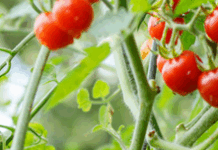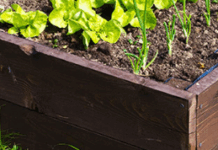Winter can be a difficult time for strawberries in Kansas. Plants need time to become adjusted to cold weather and will gradually become more cold resistant as fall progresses. Strawberry plants are able to withstand colder temperatures in the middle of the winter than in the fall before they have gone through much cold weather. For example, if temperatures suddenly plummet below 20 degrees F before the plants harden to the cold, they can be severely damaged. A drop to 15 degrees F may kill them.
Hardened plants can withstand such temperatures with ease. This lack of hardening off may be a concern this year because of the unseasonably warm fall. If a sudden drop in temperature to below 20 degrees F is forecast, it may be wise to mulch the plants as you would for the winter. After the cold snap is over, uncover the plants so they may continue to harden off.
Normally, strawberries should be mulched for the winter around Thanksgiving. However, if temperatures stay abnormally warm, give plants another couple of weeks to become cold hardy before mulching. Mulching plants helps protect strawberries not only from low temperatures but also from heaving damage. Heaving damage occurs when the alternate freezing and thawing common in Kansas winters heave plants out of the ground where the roots are exposed and the plants die from lack of water.
Wheat straw makes good mulch and is widely available. The straw should be spread over the plants to a depth of 3 inches. Shake the slabs of straw apart so there are no large compressed chunks. This straw mulch not only helps protect the plants over winter but can also help avoid damage from late spring frosts by delaying blooming a few days in the spring. Mulch should be removed gradually in the spring as plants begin new growth. Remove enough so leaves can be seen.
Leaving some mulch in place keeps the berries off the ground and conserves moisture. Also, mulch left in the aisles helps protect pickers from muddy conditions. (Ward Upham)
K-State Research and Extension





